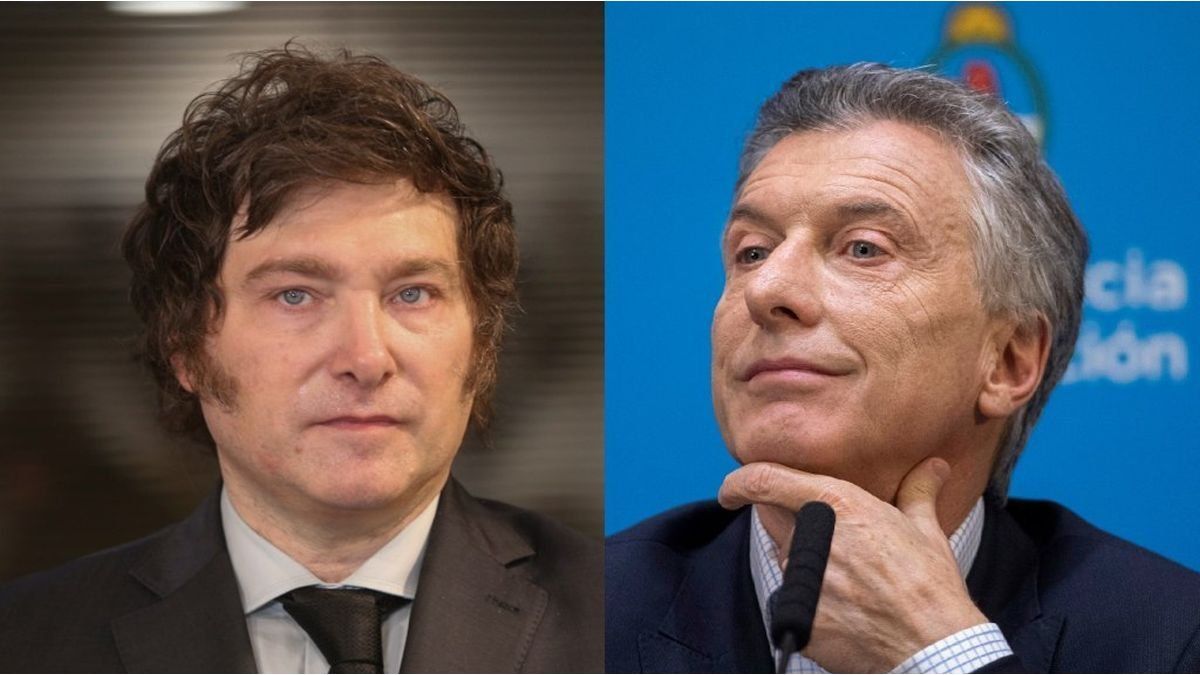In May 2025, the National Treasury managed to capture more than US $ 1,000 million through Bonte 2030, placed in pesos in the external market at a rate of 31.7%. The paradox is that, What was held as “reopening of international credit” ended severely the cost of sovereign capital severely. Meanwhile, Local debt maturities in pesos between June 2025 and March 2026 exceed $ 80 billion (term: 9 months. Amount: 68 billion dollars caputo at $ 1,175 average BNA per dollar)
Simultaneously, the current account shows signs of exhaustion. In the second quarter of 2025 (first four -month period 2025), the deficit was US $ 430 million, while the commercial surplus fell to US $ 2,050 million -Very below the historical average and the record of U $ S18,930 million reached in 2024. The ozone hole is in the Tourism, with a “net expenditure on trips abroad” that exceeded US $ 3,600 million (US $ 10,800 million annualized), exceeds what is admitted by Vaca Muerta.
Bread to accumulate reservations is a known fiction
Two months after signing a new agreement with the IMF, the BCRA failed to buy currencies in the official market and ended up “sold” for almost US $ 2,000 million in futures, while the government postpones the revision of June 13 to gain time and get the US $ 4,045 million necessary via debt collection.
The new subscriptions in dollars of public titles, the elimination of the period of permanence for external investors and the rests with international banks are all measures that have already been tested in previous cycles, especially in 2018. The result was not stability but a Trust collapse which resulted in exchange run, capital leak and political crisis.
The difference is now the level of cynicism, Kirchnerism is criticized for its “heterodox interventions”, but arsenal itself is used to contain inflation. Cancons and pressure to large chains to stop prices? Freezing of rates and indirect control of parity? Everything sounds too familiar.
The productive risk
Unlike 2018, when the adjustment was fiscal but the activity still had some external impulse, Today vulnerability is structural. The current account is not deteriorated by excess public spending, but by the imbalance between a private sector that spends more than it produces and an economy open to Asian dumping.
Imports grow more than exports, the local industry loses competitiveness, and SMEs – especially those of Buenos Aires Conurbano – face a risk of definitive closure. The multilateral real exchange rate is 30% below the historical averagewhich makes national production unfeasible.
Also, with one artificially repressed inflation and without structural reforms-according to their own manuals-the economy cannot sustain the apparent order beyond the electoral calendar. In the words of a market operator: “You can reach October, but not much further without consequences”.
Electoral stabilization or transience?
The government advances on a stabilization path without growth, with consumption fragmented. In the middle and high sectors Categories such as skim yogurts or capillary treatments grow, but in popular neighborhoods, 95% of the products show In the volume sold.
Salary policy imposes an informal roof of 1% monthly, well below inflation, which has liquefied income, retirements and even social transfers. In parallel, public investment has disappeared, productive credit does not take off and financing is concentrated in a very short term debt.
All this responds to a Purely electoral logic, avoid shocks until October and trust that the decrease in inflation can compensate for the rest. But, as the experiences of 2001 and 2019 teach, an economic plan that is only sustained with debt and repression has expiration date.
The supreme cut effect as boumeran
In the midst of this orthodox experiment, Milei, which governs without opposition from the beginning; Receive from the institutional system a contribution, a dose of instability. The Supreme Court, when intervening in key decisions with an obvious political bias, ended up achieving what Cristina Kirchner or the Peronist governors could achieve separately, articulate a unified political resistance.
This was how in 2001 the door opened to an institutional collapse, and in 2019 the implosion of macrismo, both facilitated the return of Peronism. In 2025 The Judicial Front could end up pushing Peronism again to the center of the stage, not for its own merit but as a necessary counterweight.
Today there are universities taken, street marches, sector stoppages and a CGT that prepares to join. And all this happens in the election year, with a court that acts as a political actor and an opposition that reacts more for defensive reflex than by program. The “Black Swan” would not come through the markets, but on the street.
2025 as a historical hinge?
Argentina usually repeats its tragedies with greater sophistication. This time, the storm is not coming as a surprise, but as a logical sequence. A government that adjusts without investment, which borrows without accumulating capital, that represses salaries, but releases financial flows, does not stabilize; postpone the outbreak.
The real problem is not fiscal or external. It is productive, political and social. It is the total disconnection between a macro that presumes stability and a reality that is bleeding. Is the appearance of alarming social indicators -more than $ 1,100,000 so as not to be poor in Maysalaries that do not reach, 70% of parity under inflationnot to mention the informal workers who lost between 35% and 40%.
2025 could mark the last opportunity to avoid an amplified repetition of 2001. But if the government follows the path of pride, the Court acts as a party and the market continues to validate an unfeasible model, the outcome could be more serious. Because this time, the anger does not come alone; It comes with memory.
And, in a historical irony, an anti -Peronist coalition that dreamed of eradicating Peronism may have been his best reactivation campaign.
References
Central Bank of the Argentine Republic (BCRA). (2025). Market report and monetary aggregates, second quarter of 2025. Buenos Aires: BCRA. National Institute of Statistics and Census (INDEC). (2025, June).
Total basic basket and poverty line – May 2025. Retrieved from https://www.indec.gob.ar Ministry of Economy of the Nation. (2025, June).
Public Debt and Placement Report – May 2025. Buenos Aires: Secretariat of Finance. Milei, J., & Caputo, L. (2025).
According to the IMF and economic stabilization plan. Presentation before investors, April 2025. Buenos Aires: Ministry of Economy. Moody’s Investors Service. (2025).
US Prosecutor Outlook Revised to Negative Amid Widening Deficit Projections. New York: Moody’s Analytics. Economic situation and public policies observatory (OCEPP). (2025).
Tourism and currency escape: the new black hole of the current account. Monthly situation, June 2025. Prat-Gay, A., & Daza, JL (2024).
The return of markets and new macro risks in Latin America. Economic Liberty Foundation. Supreme Court of Justice of the Nation. (2025). Relevant failures in institutional matters – April and May 2025. Official Judicial Bulletin. Télam (2025, May 22).
The 2030 Bonte validates a 31.7%rate: repercussions on markets and external sector. National News Agency. World Bank. (2025). ARGENTINA MACRO POVERTY OUTLOOK – SPRING 2025. Washington, DC: World Bank Group.
Director of Esperanza Foundation. https://fundacionesperanza.com.ar/ UBA postgraduate professor and masters in private universities. Master in International Economic Policy, Doctor of Political Science, Author of 6 Books
Source: Ambito
David William is a talented author who has made a name for himself in the world of writing. He is a professional author who writes on a wide range of topics, from general interest to opinion news. David is currently working as a writer at 24 hours worlds where he brings his unique perspective and in-depth research to his articles, making them both informative and engaging.




